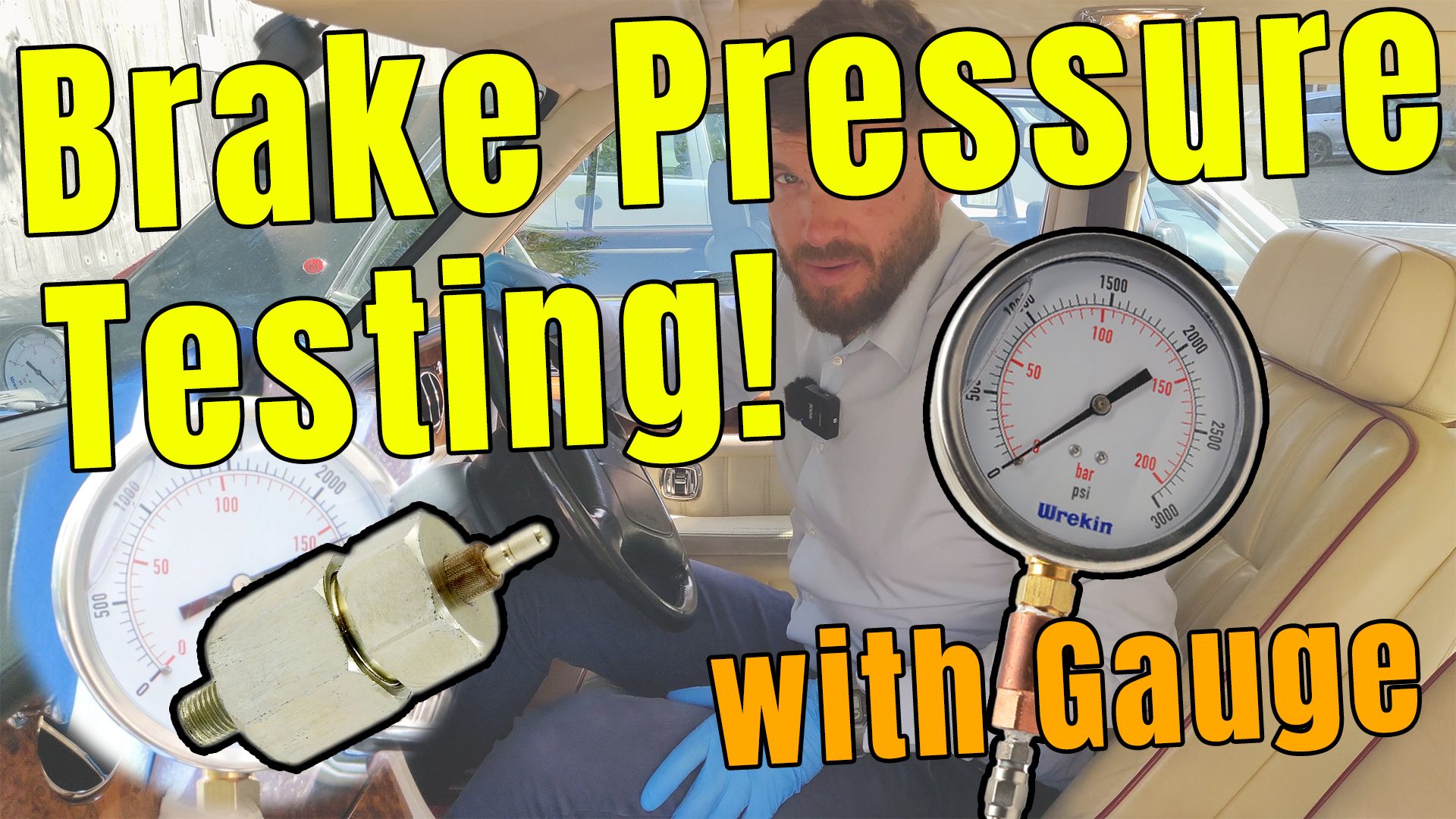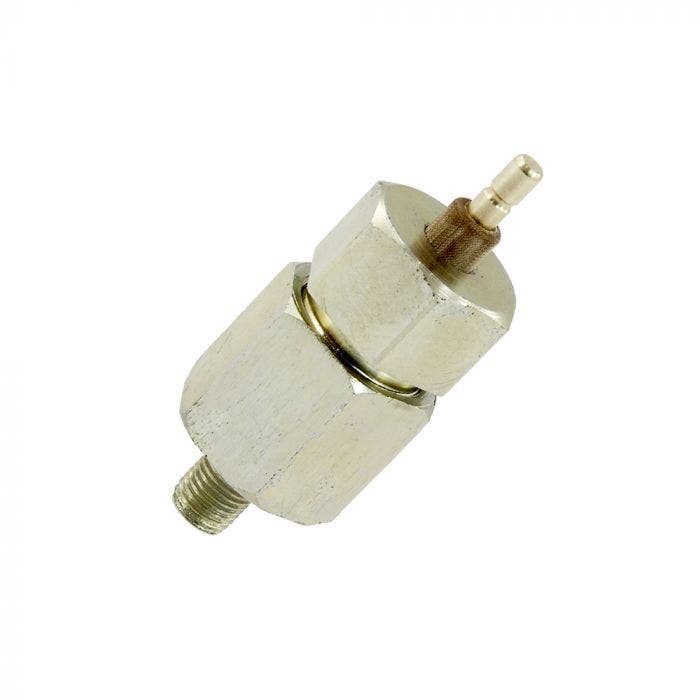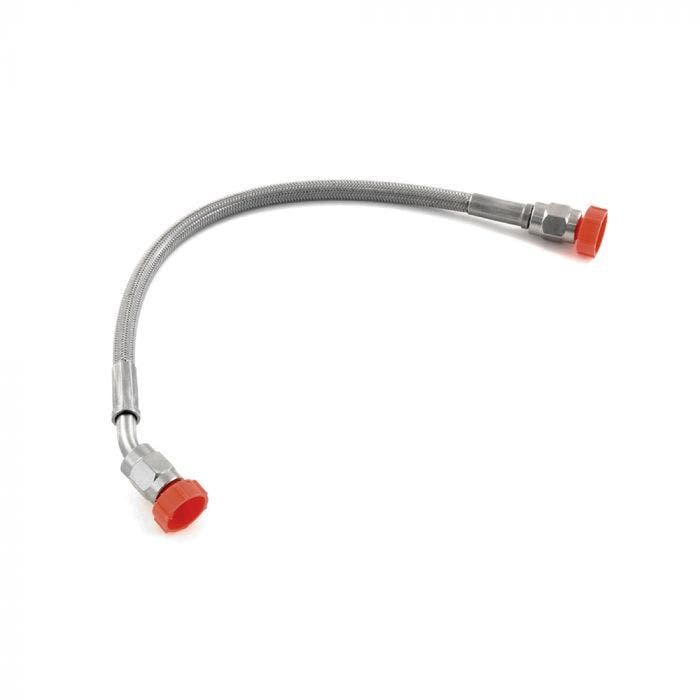The Bentley Brooklands Hydraulics Testing Procedure
Welcome back to another technical tutorial from IntroCar. Today, we provide a deep dive into hydraulic pressure testing for various Rolls-Royce and Bentley models, ranging from the Bentley Brooklands to the Silver Spirit and Rolls-Royce Silver Shadow. Our expert, Matt, demonstrates the hydraulic system's pressure testing procedure on a 1996 Bentley Brooklands. Despite focusing on the Brooklands, it's worth noting that the testing methods and insights provided here are relevant for all models that utilize RR363 or Mineral oil.
Understanding the Hydraulic System in Rolls-Royce & Bentley cars
The hydraulic system in these vehicles serves dual purposes: governing both brakes and height control. Through accurate testing using a gauge, we can monitor the pressure buildup in the system, providing an exact diagnosis of any potential faults or irregularities.
If you own a Rolls-Royce Silver Shadow, Bentley T, Brooklands, Silver Spirit, or any other model that employs RR363 or Mineral oil, it's crucial to understand the mechanics of the hydraulic system. By employing a pressure gauge, one can quickly determine if there are any issues with sphere pressure, valve body regulation, or if the pumps are functioning correctly.
For those working with older models that run on RR363, it's vital to avoid contamination with mineral oil. Introducing incompatible fluids can cause significant damage to the hydraulic system, leading to reduced performance and potential long-term issues.
Step-by-Step Hydraulic Pressure Testing
- Preparation
Depressurize the System: Ensure the system is depressurized to prevent any high-pressure fluid from spraying out.
Remove Brake Pressure Switch: From the designated port, remove the brake pressure switch, making note of the two bleed screws present.
Attach the Gauge: In the port where the brake pressure switch was previously located, fit the pressure gauge for accurate reading. - Cabin Pressure Observation
Start the Engine: Move to the car's cabin, start the engine, and monitor the pressure gauge.
Gauge Reading: Upon starting, the pressure should initially jump due to the accumulator's internal pressure and then build up to its max, eventually holding steady. - Brake Test
Increase Engine Revs: By doing this, you can increase the speed at which the system builds pressure.
Utilize the Brakes: With the engine on and the system pressurized, apply the brakes. The pressure gauge will showcase a decrease in pressure. Once the pressure drops to about 1800 PSI, the system should automatically kick in, and pressure will begin to rise again. - Braking Without Engine Support
Engine Off: Turn off the engine but ensure the system remains pressurized.
Pedal Pumping: Start pumping the brake pedal rapidly. With sufficient pressure in the accumulators, multiple pumps will be required before the system depressurizes entirely. This action mimics the scenario when the engine cuts off while driving, demonstrating the residual braking available. - Finalizing the Test
Gauge Removal: With the pressure dropped to zero, carefully remove the gauge.
Re-install Brake Pressure Switch: Attach the brake pressure switch back to its original position. While tightening, use the correct spanner size to prevent over-tightening and potential damage to the thread.
Reconnect the Wires: Reattach the wires designated for system one and system two, ensuring they're connected in their correct order. - Repeat for Second System (if necessary)
For vehicles with dual systems, repeat the process by fitting the switch back to system number one, removing the system number two switch, and fitting the gauge to system number two for similar testing.
Remember, each hydraulic system operates independently, so any irregularities or issues present in one might not be in the other. Always ensure an adequate fluid supply for both brake pumps. The above steps, when followed meticulously, ensure an accurate diagnosis of the vehicle's hydraulic system performance.





 25 May 2023
25 May 2023